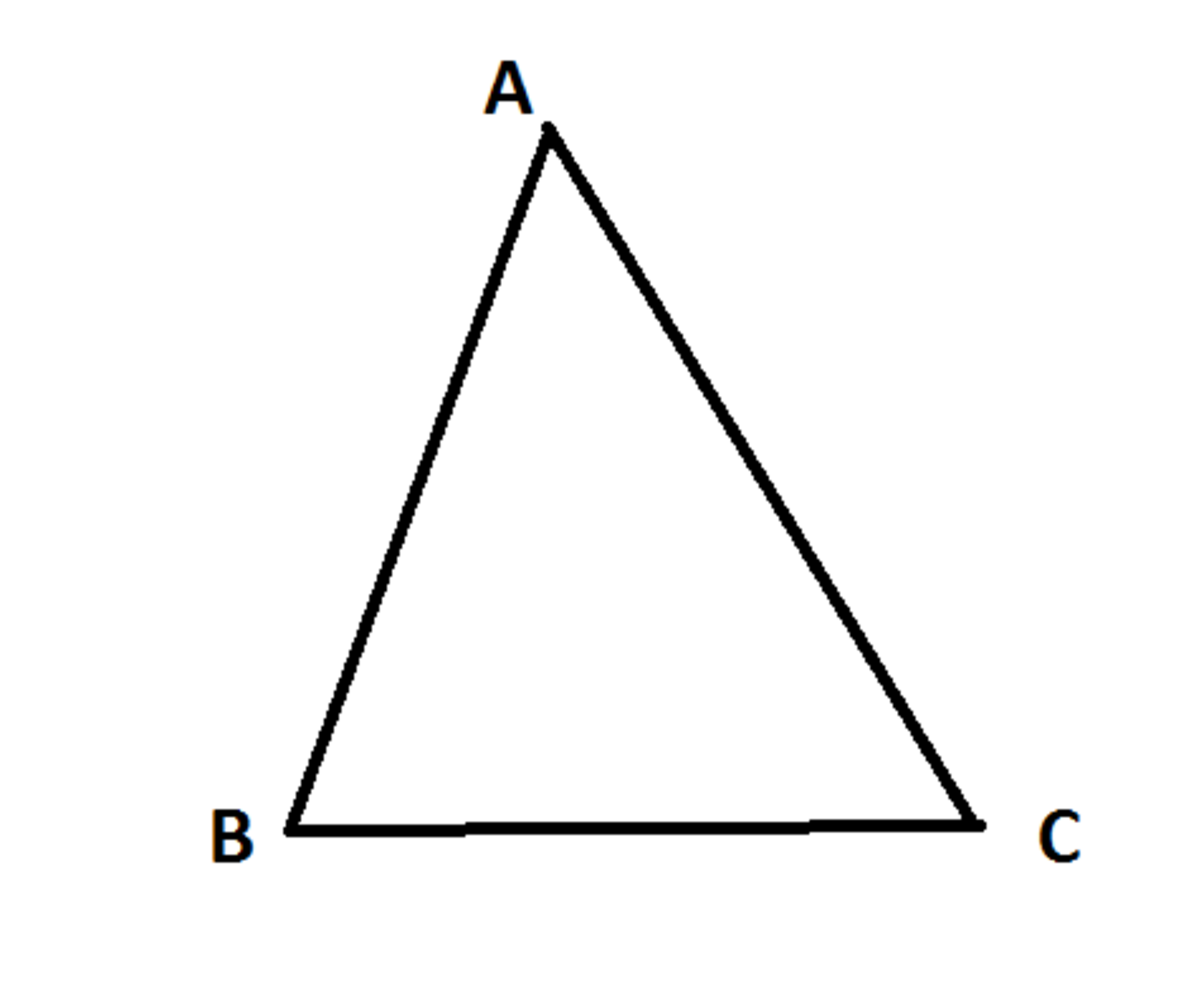Find out right the area???????

ABC is a isosceles triangle whose AB=AC=10cm. the angle BAC is 30 degrees. Find out the area of the triangle. ????
No vote yet
1 vote

ABC is a isosceles triangle whose AB=AC=10cm. the angle BAC is 30 degrees. Find out the area of the triangle. ????
Easy Math Editor
This discussion board is a place to discuss our Daily Challenges and the math and science related to those challenges. Explanations are more than just a solution — they should explain the steps and thinking strategies that you used to obtain the solution. Comments should further the discussion of math and science.
When posting on Brilliant:
*italics*or_italics_**bold**or__bold__paragraph 1
paragraph 2
[example link](https://brilliant.org)> This is a quote# I indented these lines # 4 spaces, and now they show # up as a code block. print "hello world"\(...\)or\[...\]to ensure proper formatting.2 \times 32^{34}a_{i-1}\frac{2}{3}\sqrt{2}\sum_{i=1}^3\sin \theta\boxed{123}Comments
Use the sine formula for the area of the triangle. [ABC]=21(AB)(AC)sinA.
by using this formula: Area=1/2(AB)(AC)sinA. area=1/2(10)(10)1/2=25 cm^2
Or, if you don't want trigonometry, draw AD perpendicular to BC at D. Since angles B and C both measure 75 degrees, you have no choice, but to use the ratio ABAD=ACAD=42+6 which still comes from trigonometry.
25cm^2 as the formula is (1/2)(10)(10)(sin 30)=25 (sin 30 =1/2)
Using cosine law you will determine BC.After that using hero's formula you will determine the area of triangle
area=1/21010*sin30=25 cm^2